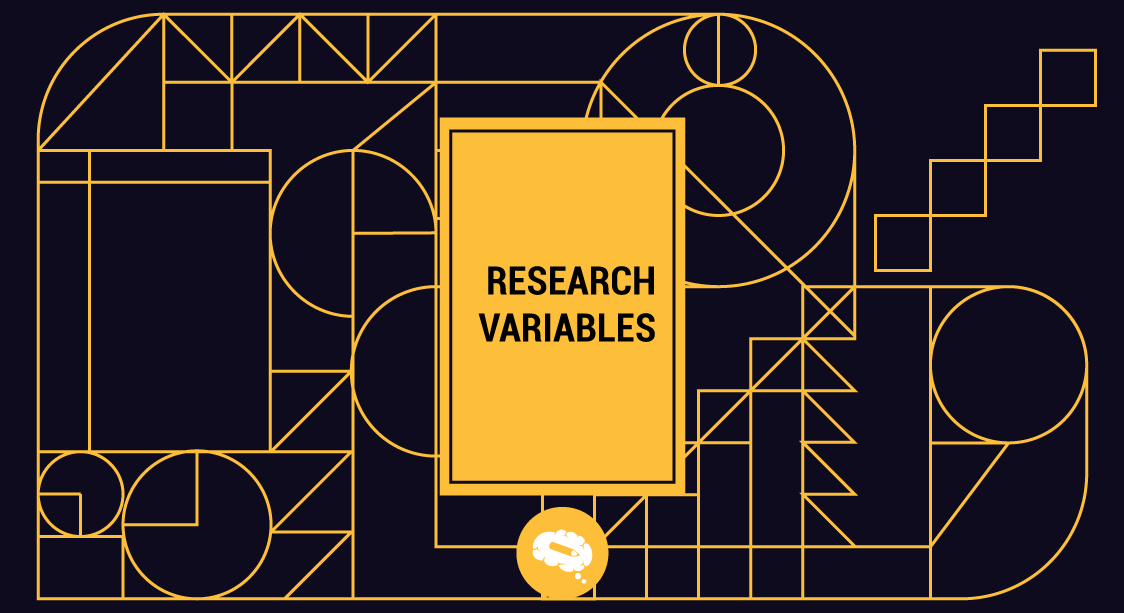In the realm of scientific research, variables play a crucial role in understanding the relationships between different factors. Among these variables, moderating variables hold a special place. In this article, we will delve into the significance and methodologies of moderating variables, shedding light on their conceptual meaning, types, testing methods, examples, applications, purpose, and characteristics, as well as their advantages and disadvantages.
What is a Moderating Variable?
A moderating variable, also known as an interaction variable, affects the strength or direction of the relationship between an independent variable and a dependent variable. Unlike mediator variables that explain the mechanism or process, moderating variables influence the relationship between variables under specific conditions.
Conceptual Meaning of Moderating Variable
Moderating variables help researchers understand when and for whom certain effects are more pronounced or weakened, leading to a deeper understanding of the phenomena under investigation. They shed light on the contingencies and conditions under which the relationship between independent and dependent variables may change.
Types of Moderating Variables
Moderating variables can be categorized into three main types: categorical, continuous, and dichotomous.
- Categorical moderating variables: These variables involve distinct categories or groups. For example, gender or nationality can serve as categorical moderating variables;
- Continuous moderating variables: These variables encompass a range of values. Age or income are examples of continuous moderating variables;
- Dichotomous moderating variables: These variables include binary conditions. The presence or absence of a specific characteristic, such as whether a person has a certain qualification or not, can be a dichotomous moderating variable.
Methods to Test for Moderating Variables
To identify and analyze moderating variables, researchers employ various statistical techniques such as:
- Interaction effects: This statistical method is used to examine the presence and magnitude of moderating effects. It helps determine whether the relationship between the independent and dependent variables changes depending on the levels of the moderating variable.
- Hierarchical regression analysis: This approach allows researchers to assess the influence of moderating variables by introducing them in different steps of the regression model. It helps understand how the moderating variable affects the relationship between the independent and dependent variables.
- Moderated mediation analysis: This method explores the interplay between variables by examining whether the indirect effect of the independent variable on the dependent variable through a mediator variable varies depending on the levels of the moderating variable.
Examples of Moderating Variables
Let’s consider a couple of examples to illustrate the role of moderating variables in research:
Moderating Variables in Psychology
Suppose researchers are investigating the relationship between exercise and mental well-being. The moderating variable in this scenario could be age. The relationship between exercise and mental well-being may differ across different age groups, with younger individuals experiencing a stronger relationship compared to older individuals.
Moderating Variables in Marketing Research
In a study examining the impact of advertising on consumer purchase intentions, the moderating variable could be product involvement. The influence of advertising on purchase intentions may vary depending on how involved consumers are with the product category.
Applications of Moderating Variables
Moderating variables find applications in various fields, including psychology, sociology, economics, marketing research, and more. They are particularly useful in understanding complex phenomena and identifying boundary conditions that affect the relationship between variables. Some examples of their applications include:
In educational research, moderating variables can help identify the circumstances under which a teaching method is more effective.
In organizational behavior research, moderating variables can be used to investigate the conditions under which leadership styles have a stronger impact on employee performance.
Purpose of Moderating Variables
The primary purpose of incorporating moderating variables in research is to enhance the depth of analysis and provide a more nuanced understanding of the relationship between variables. By considering moderating variables, researchers can identify the conditions under which a particular effect is more pronounced or diminished, contributing to more accurate and contextually relevant findings.
When to Use Moderating Variables
Moderating variables are particularly useful when researchers aim to investigate the boundary conditions or contingencies that affect the relationship between variables. They are employed when researchers expect the relationship between the independent and dependent variables to vary across different subgroups or under specific conditions.
Characteristics of Moderating Variables
Moderating variables possess certain characteristics that make them distinct from other types of variables. Some key characteristics include:
- Interaction: Moderating variables interact with the independent variable, influencing the strength or direction of the relationship between the independent and dependent variables;
- Context-dependence: Moderating variables operate under specific conditions and their impact may vary based on different settings or populations.
Advantages and Disadvantages of Moderating Variables
The use of moderating variables offers several advantages in research. They provide a more comprehensive understanding of complex relationships, help identify boundary conditions, and provide insights into the contextual factors that influence the outcomes. By considering moderating variables, researchers can gain deeper insights and make predictions that are more accurate. However, incorporating moderating variables requires careful design and data collection. Additionally, the results might be subject to interpretation bias or challenges in generalizing the findings.
Ready-To-Go Templates In All Popular Sizes
The availability of ready-to-go templates in various sizes is a significant advantage for scientists, as it saves them valuable time and effort that would otherwise be spent designing illustrations from scratch. Mind the Graph understands the diverse needs of scientists and offers templates tailored to different publication requirements, such as journal articles, conference presentations, and posters. This versatility ensures that scientists can seamlessly integrate their illustrations into their scientific communication, regardless of the medium or format.


Subscribe to our newsletter
Exclusive high quality content about effective visual
communication in science.





